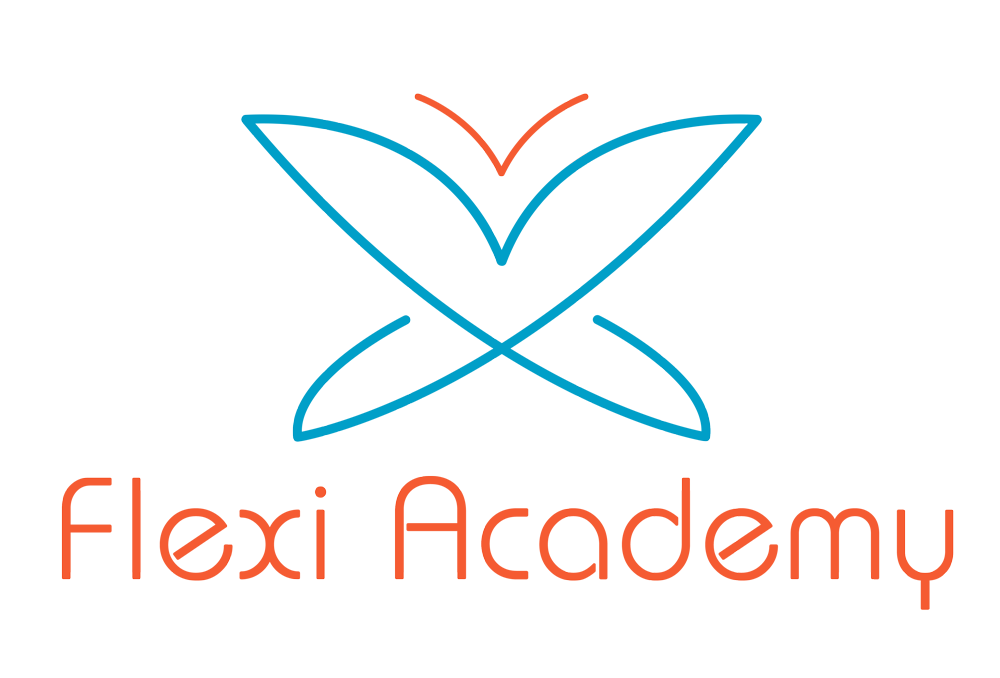Course title: Canadian History since World War I, Grade 10, Academic (CHC2D)
Course Name: Canadian History since World War I
Course Code: CHC2D
Grade: 10
Course Type: Academic
Credit Value: 1
Prerequisite: None
Department: -
Department Head: -
Course Description
This course explores social, economic, and political developments and events and their impact on the lives of different individuals, groups, and communities, including First Nations, Métis, and Inuit individuals and communities, in Canada since 1914. Students will examine the role of conflict and cooperation in Canadian society, Canada’s evolving role within the global community, and the impact of various individuals, organizations, and events on identities, citizenship, and heritage in Canada. Students will develop an understanding of some of the political developments and government policies that have had a lasting impact on First Nations, Métis, and Inuit individuals and communities. They will develop their ability to apply the concepts of historical thinking and the historical inquiry process, including the interpretation and analysis of evidence when investigating key issues and events in Canadian history since 1914.
| Unit Titles and Descriptions | Time Allocated | 1914-1918, First World WarThis unit discusses Canada's role in the First World War and how the war shaped Canadian identity. It addresses Canadian sovereignty, French-English relations, and Indigenous contributions to the war effort. Students also examine how the war impacted the economy, women’s roles, and immigration policy. | 14 hours |
1918-1928, The Roaring TwentiesThis unit examines the changing social and political climate throughout the roaring twenties. From a political standpoint, students explore post-war international relations, how Canada was received in international circles, and Canada’s continued emergence as a sovereign nation. Shifting focus inward, students explore impacts of the booming-post war economy and what affect it had on women’s roles, immigration, labour movements, and local politics. | 14 hours |
1929-1938, The Great DepressionThis period marks the rise of socialism and new social welfare policies both in Canada, and abroad. Students make use of primary source material to get a sense of how the Great Depression was experienced by Canadians from all walks of life. Through examining international politics in the years leading up to the Second World War, students become familiar with the rise of Nazis and the oppression of Jewish peoples. On the home front, students uncover how Canada struggled with its own human rights transgressions. Residential schools intensified operations and racist immigration policies persisted throughout the economic downturn. | 15 hours |
1939-1945, Second World WarThe Second World War was a major turning point in Canadian and World history. Students explore how the war was experienced in Canada and abroad. During the war, Canadian women returned to workforce, men faced conscription, and many immigrants were interned and discriminated against. After the war, the global violence, destruction, and senseless loss of civilian life led to massive social and political change. Human rights organizations were founded and new social welfare policies were implemented all across the globe. Students critically examine international organizations that were designed to prevent atrocities like the Holocaust from ever happening again. | 15 hours |
1946-1967, Challenge and ChangeSituating Canada in a larger global context, students explore how the post-war baby boom and economic boom ushered in a wave of social and political change. Social welfare was at the forefront. The United Nations created the Declaration of Human Rights. Women fought for equal pay. Healthcare and other social support programs were established. Labour movements made significant gains for worker’s rights. Immigration was made less restrictive. Indigenous people in Canada gained further political traction. Canada emerged as an international peacekeeper. Students examine how Cold War tensions remained constant between western capitalist democracies and eastern communist dictatorships amidst an era of prosperity and social reform. | 15 hours |
1968-1983, Canadian IdentityUnlike most of the other units in this course, this unit has students focus more explicitly on internal politics. Social rights movements took on various forms throughout the country. Pierre Elliot Trudeau’s government implemented Canada’s own Charter of Rights and Freedoms. Separatists in Québec and several Indigenous groups in Canada fought for sovereignty. Feminist groups fought for women’s rights. Students examine how rights and policies related to bilingualism, multiculturalism, and environmentalism were at play during Trudeau’s time in office, and how these values have continued to shape Canadian identify. | 15 hours |
1984-Present, Global ContextStudents focus heavily on Indigenous people’s fight for sovereignty, self-government, and truth and reconciliation. Students critically examine various influential Canadian political figures from the 1980s up until present day as they examine important international and domestic affairs that shaped the political climate in Canada. | 14 hours |
| Final Assessment |
Final Assignment: Timeline ExhibitFor the final assignment, students will produce a mock exhibit that explores a particular theme throughout Canadian history. Students document their theme by creating a timeline of events accompanied by historical imagery and text explanations. The exhibit assignment is worth 20% of the overall grade. | 5 hours |
Final ExamThere is a proctored exam worth 10% of the final grade. | 3 hours |
| Total Time | 110 hours |
